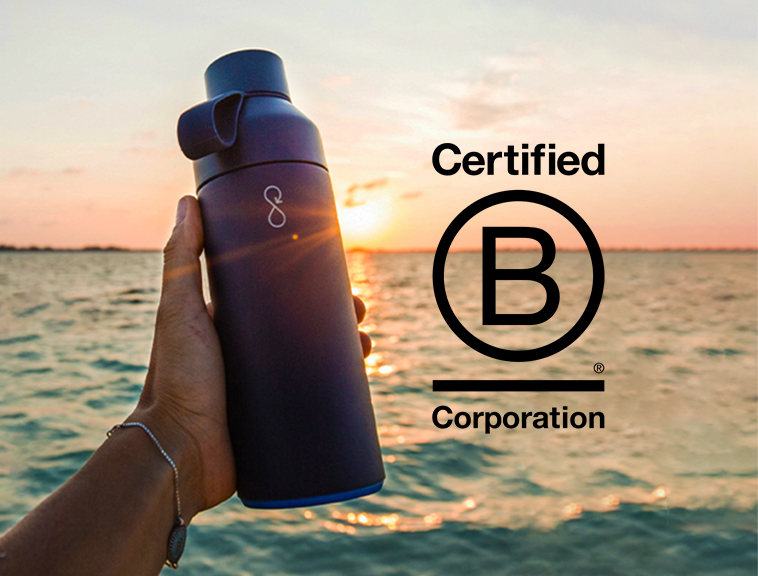Referral Programs vs. Traditional Advertising: Which is Better?
-2.png)
Brands are always searching for innovative ways to connect with potential customers and expand their brand. Although TV ads, print media, and billboards have been popular choices for a while, referral programs are becoming a strong alternative. You might ask, which one works best for your business? Let's take a closer look.
What are Referral Programs?
Referral programs are marketing strategies that encourage existing customers to refer new customers to your business. Typically, these programs offer rewards like discounts, gift cards, or cash bonuses for successful referrals. Think of it as your loyal customers spreading the word about how great your products or services are.
Key Benefits of Referral Programs
-
Trust and Credibility: People trust recommendations from friends and family more than they trust ads. A referral acts as a personal endorsement, making potential customers more likely to give your business a try.
-
Cost-Effective: Referral programs often require less investment than traditional advertising. You pay rewards only when a referral successfully converts, meaning you’re spending your marketing budget more wisely.
-
Higher Conversion Rates: Referrals typically lead to higher conversion rates. Since the new customer comes with a built-in level of trust, they’re more likely to make a purchase.
-
Loyalty and Engagement: Customers who refer others tend to feel more connected to your brand, increasing their loyalty and lifetime value.
Traditional Advertising: What’s the Deal?
Traditional advertising encompasses various methods, including print ads, radio spots, TV commercials, and billboards. While these strategies have been around for decades and can reach a broad audience, they come with their own set of challenges.
Key Drawbacks of Traditional Advertising
-
Costly: Traditional advertising can be expensive. Creating quality ads, buying airtime or space, and maintaining campaigns often require a hefty budget.
-
Less Targeted: Many traditional advertising methods cast a wide net. While this can reach a lot of people, it doesn’t guarantee that the right audience is seeing your message. You might end up paying for impressions from those who have little to no interest in your products.
-
Measurability Issues: Tracking the effectiveness of traditional advertising can be tricky. It’s challenging to know how many people were influenced by an ad and what actions they took afterward.
-
Ad Fatigue: Consumers are bombarded with ads daily, leading to ad fatigue. People often tune out traditional advertising, making it less effective over time.
.png?width=963&height=138&name=Check%20out%20Over%20the%20top%20promotions%E2%80%99%20referral%20program%20(1).png)
Comparing Results: Referral Programs vs. Traditional Advertising
Choosing the right marketing strategy is all about understanding how referral programs work differently from traditional advertising. Each method has its perks, but the differences in cost efficiency, trust, conversion rates, and customer engagement can make a difference for your business. Let's take a closer look at these important points.
Cost Efficiency
Cost efficiency is one of the most significant factors to consider when comparing referral programs and traditional advertising.
- Referral Programs: Costs are incurred only when a referral leads to a purchase, tying expenses directly to sales. For instance, a $20 reward is paid only when a new customer buys, ensuring effective budget management and revenue generation.
- Traditional Advertising: This involves upfront costs without guaranteed returns. Spending on TV, radio, or print ads may not lead to sales, making it a riskier investment as businesses might spend on ineffective campaigns.
Trust and Credibility
Trust and credibility are vital components of effective marketing, and referral programs excel in this area.
- Referral Programs: When customers refer colleagues or family, they vouch for your brand, offering a trusted endorsement that traditional ads lack. This trust can boost customer satisfaction and loyalty.
- Traditional Advertising: Traditional ads face skepticism as consumers question their authenticity. Without the personal touch of referrals, they struggle to build trust.
Conversion Rates
When it comes to converting leads into customers, referral programs consistently outperform traditional advertising.
- Referral Programs: Referrals boost conversion rates as recommendations from colleagues, friends, or family encourage purchases. This personal touch lowers acquisition costs compared to traditional marketing.
- Traditional Advertising: Traditional ads often need repeated exposure to convert leads, resulting in lower conversion rates. They create awareness but lack the personal connection for immediate action.
Engagement and Loyalty
Now, let's find out how these two strategies impact customer engagement and loyalty.
- Referral Programs: These programs engage existing customers in marketing, creating a sense of community. Customers feel valued when they refer friends, boosting loyalty and engagement. Satisfied customers are likely to return, enhancing their lifetime value.
- Traditional Advertising: Traditional ads build brand awareness but lack deep engagement. Customers may see ads but don't connect personally, often resulting in a one-time purchase without ongoing engagement.
Referral programs shine when it comes to saving costs, building trust, boosting conversion rates, and enhancing engagement, all while traditional advertising continues to have its place. A balanced approach using both can enhance marketing efforts, combining the immediate impact of traditional ads with the lasting connections of referrals for growth and loyalty.








Comments